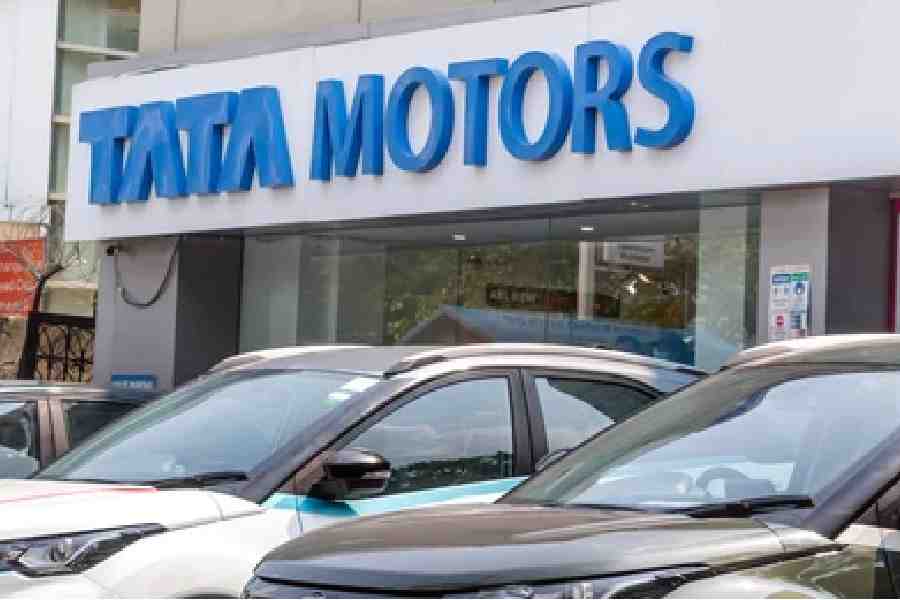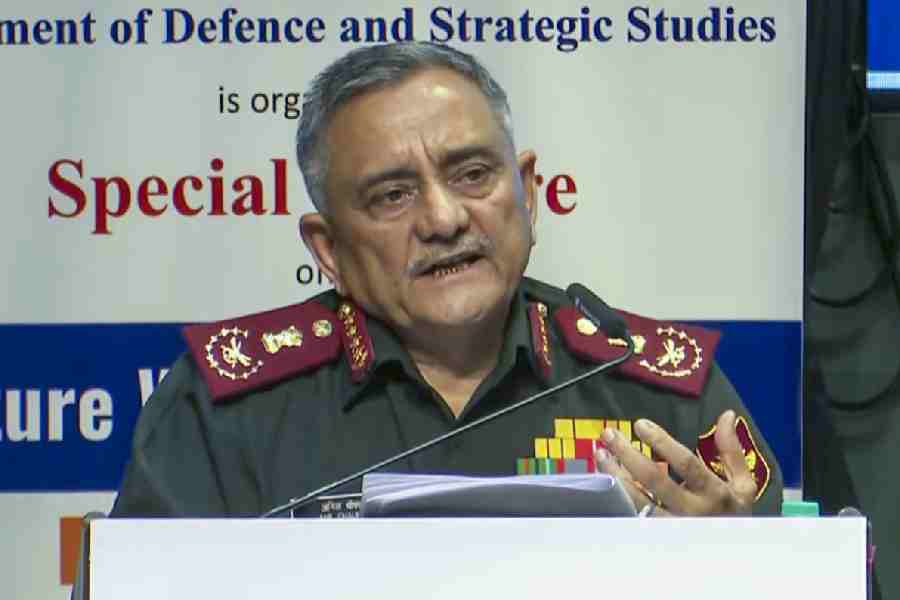A mass rapid transit system that is cost-effective, environment-friendly, comes with leading-edge technology transfer and, most important, works on the core principle of integrating the existing modes of transport in the city, London style.
That’s what a design consortium of British companies, in association with a local consultancy firm, has offered to bring to Calcutta. Mackellar Architecture, White Young Green (WYG) and Alternate Power Vehicles of the UK unveiled a preliminary concept proposal for a light rail transit (LRT) system at Writers’ Buildings recently.
“We played a major role in helping to integrate the disparate transport systems in London and I’m sure we can bring all that expertise to bear to solve Calcutta’s transport problems,” James A. Scott, WYG regional director, told Metro from his Leeds office. WYG has been involved in projects like the Paddington station in London and the Millennium Stadium in Cardiff.
Scott felt the traffic patterns and systems in Calcutta and London met at various contiguous points. “There are buses, the tube and trains, a river runs through the heart of both cities and the people depend more on mass transit systems, with less vehicular ownership than many other metros,” he said.
The model conceptualised for Calcutta essentially aims to integrate the Metro and Circular railways and the tramways with the existing network of roads, much the same way it has been done in London, according to Sunil Hoon of The Planning Group, a city-based planning consultancy firm.
“It is a rational approach to solve the city’s traffic problems… and is done with a self-generating funding pattern,” he stressed.
Mackellar, involved in designing six principal stations of the Delhi Metro, is equally bullish about the proposal. “We have been able to create a team with a sharp India focus and in tandem with local inputs, we can transfer that knowledge to benefit Calcutta,” said Roger Tillott, director of the company.
The presentation, in the presence of state transport minister Subhas Chakraborty and chief secretary Ashok Gupta, besides a British diplomatic official, ended with the government seeking a “more detailed” design.
The basic proposal entails revamping tram routes to “complete the circuit” and connecting them to serve inner areas, besides interfacing the Circular Railway with the Metro through an outer peripheral link.
Creating new traffic nodal points and a strong feeder system to connect the various mass transport systems of Calcutta are also on the agenda.
The “fleshed-out” proposal is expected by this month-end, so that the matter can be taken up immediately after the polls.











